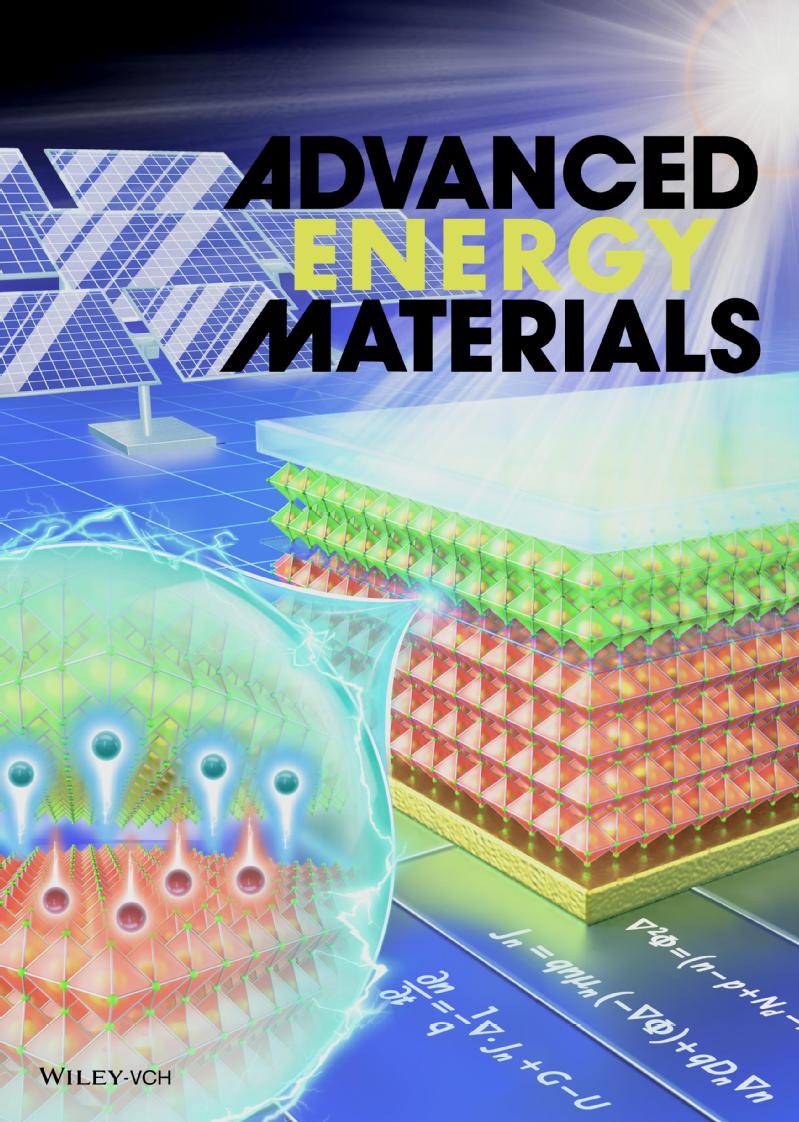标题:A Theoretical Investigation of Transport Layer-Free Homojunction Perovskite Solar Cells via a Detailed Photoelectric Simulation
作者:Yuqi Zhang1, Zhenhai Yang*,1,2, Tianshu Ma1, Zhenhai Ai1, Changlei Wang1, Xiaofeng Li*,1
1 School of Optoelectronic Science and Engineering & Collaborative Innovation Center of Suzhou Nano Science and Technology, Key Lab of Advanced Optical Manufacturing Technologies of Jiangsu Province & Key Lab of Modern Optical, Technologies of Education Ministry of China, Soochow University
2 Ningbo Institute of Materials Technology and Engineering, Chinese Academy of Sciences
摘要:
Although the conventional n-i-p or p-i-n perovskite solar cells (PSCs) can produce ultrahigh efficiency (>25%), complex synthesis/deposition processes together with strict requirements for preparing the hole- and electron-transport layers (HTLs and ETLs) pose a challenge to accessing low-cost perovskite devices. To address this issue, a simple strategy of employing a self-doped perovskite homojunction to replace the HTLs and ETLs has been widely proposed. However, this type of TL-free homojunction PSCs is usually endowed with poor efficiency. Here, the design principles and working mechanisms of the TL-free homojunction PSCs are clarified via a rigorous photoelectric simulation. The potential of this type of device is unlocked by optimizing the structural/electrical parameters including thickness, doping concentration, bulk/interface defect concentration, contact barrier, and mobility of n-perovskite and p-perovskite. To further uncover the intrinsic physical behavior, ion migration, and photon recycling effects on this type of TL-free homojunction PSCs are also studied. In addition, devices with different types of structures including TL-free inverted, ETL-free, and HTL-free designs are briefly discussed. Finally, a clear roadmap for the promotion of device efficiency is proposed, providing valuable guidance for designing high-efficient TL-free homojunction PSCs.

影响因子:29.698
链接:https://onlinelibrary.wiley.com/doi/10.1002/aenm.202203366
